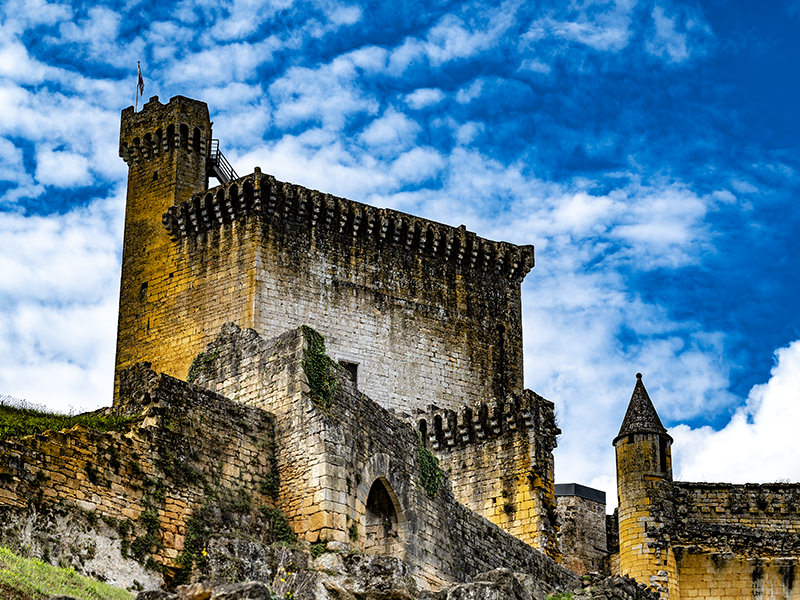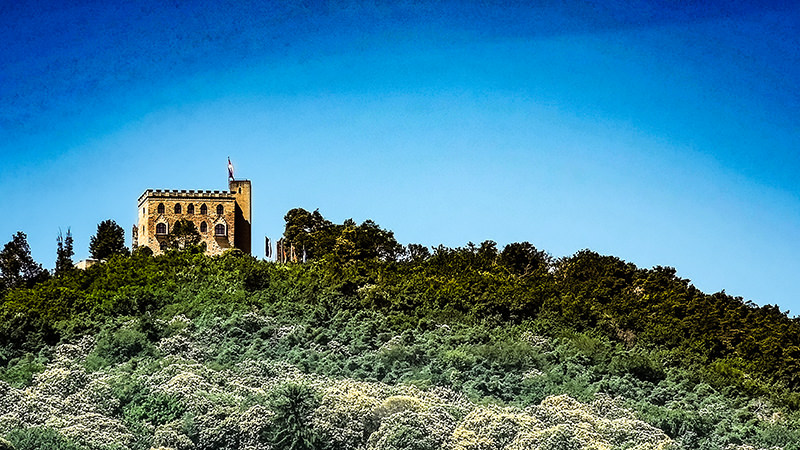

Hambach Castle
Castles - Palaces - Manor Houses
Production :  © 2025
© 2025



Production :  © 2025
© 2025
The original castle dates back to the 11th century and was owned by the Salians. Because it was built in a strategically favorable location on the Hambach Schlossberg, it dominated the trade routes that crossed near Neustadt and the northern route of the Palatinate section of the Way of St. James, both as a protective and robber knight's castle.

The Bishop of Spires, John I († 1104), who was related to the Salians, bequeathed the castle to the Bishopric of Spires, to which it belonged for centuries until the end of the feudal period. In 1552, troops of the margrave and mercenary leader Albrecht Alcibiades conquered the castle and burned it down. Bishop Marquard von Hattstein had the castle provisionally rebuilt. From then on, the complex served as the residence of an episcopal forester. In the Palatinate War of Succession, the dilapidated fortress was burnt down by the French in 1688 and remained a ruin. Only the castle chapel dedicated to Saint Michael was rebuilt and re-consecrated on July 9, 1723. French revolutionaries plundered and destroyed it again on July 30, 1794. They mocked the figure of the Archangel Michael, which had been venerated there by the faithful, by tying it to a horse's tail and riding through the streets with it. The entire castle ruin initially fell to the French state, and later to the Kingdom of Bavaria.
In 1832, the ruin of the castle became the scene of the Hambach Festival, a six-day protest event (May 27 to June 1, 1832) attended by some 30,000 people and one of the first expressions of democratic aspirations on German soil.
The reason for this was the dissatisfaction of the Palatinate population with the repressive measures of the Bavarian administration. In the years following 1816, the Bavarian administration had withdrawn important achievements that had been granted to the people during the period of occupation by France. After the Bavarian authorities had introduced strict censorship and banned political rallies, the organizers passed the event off as a “people's festival”. The Palatines found support among numerous other ethnic groups and individuals. Since that festival, Hambach Castle has been regarded as a symbol of democracy throughout Germany.